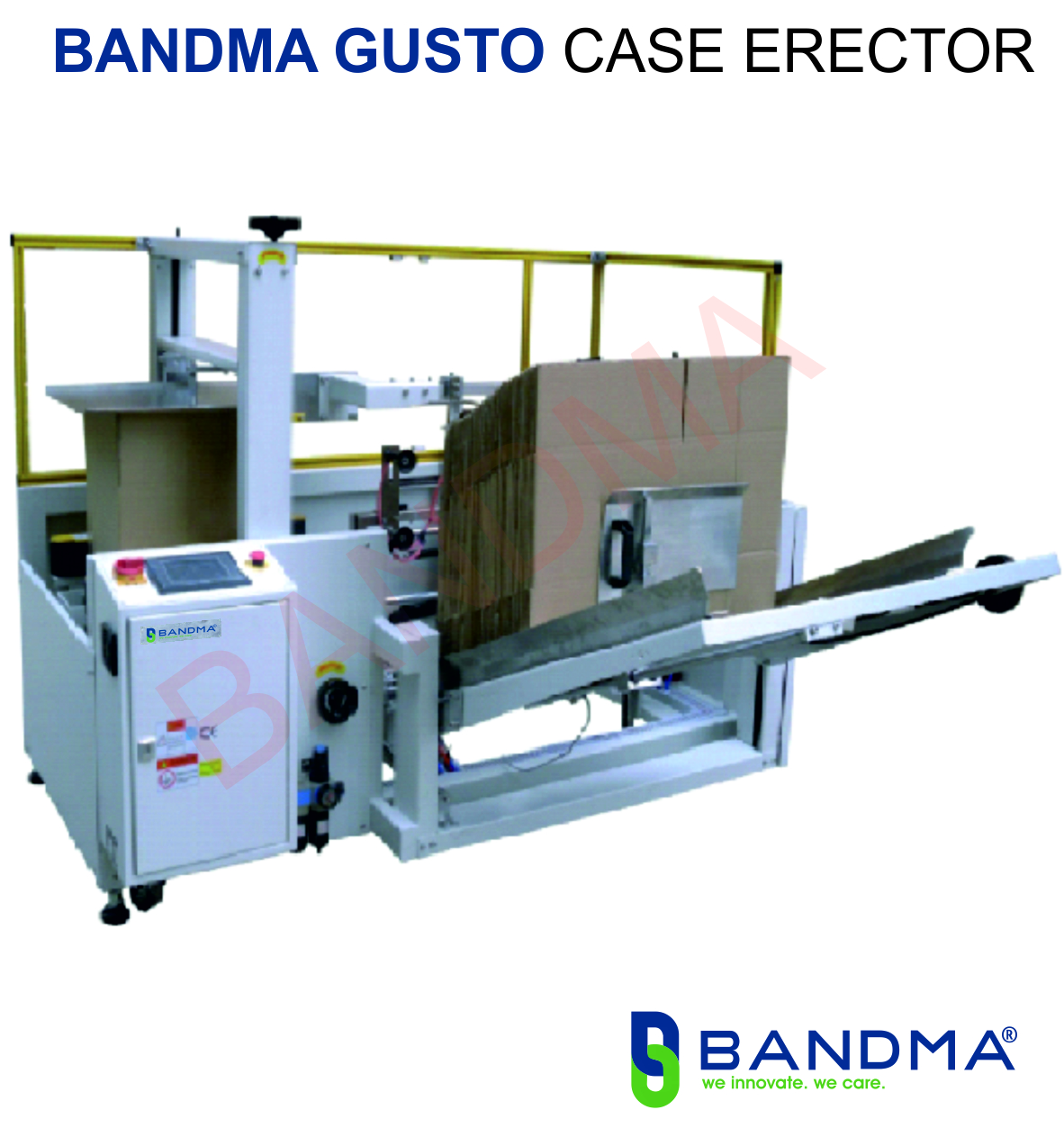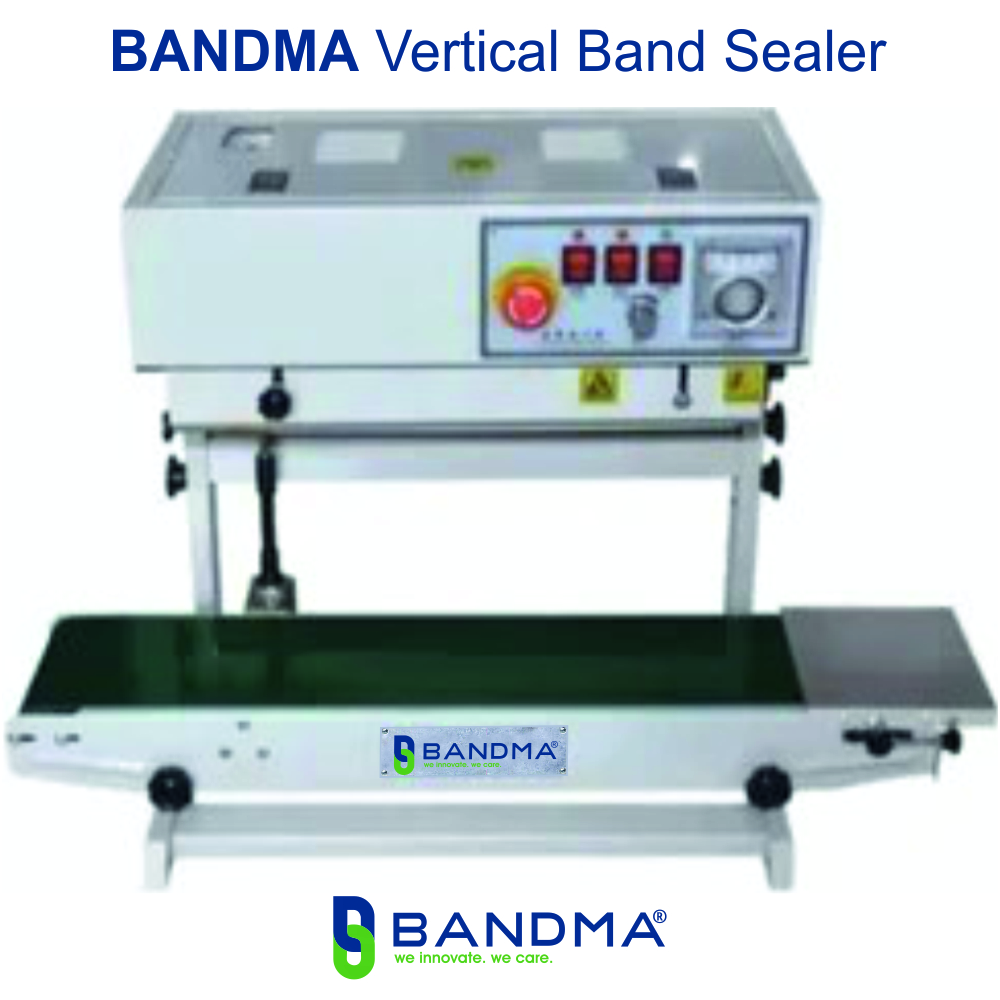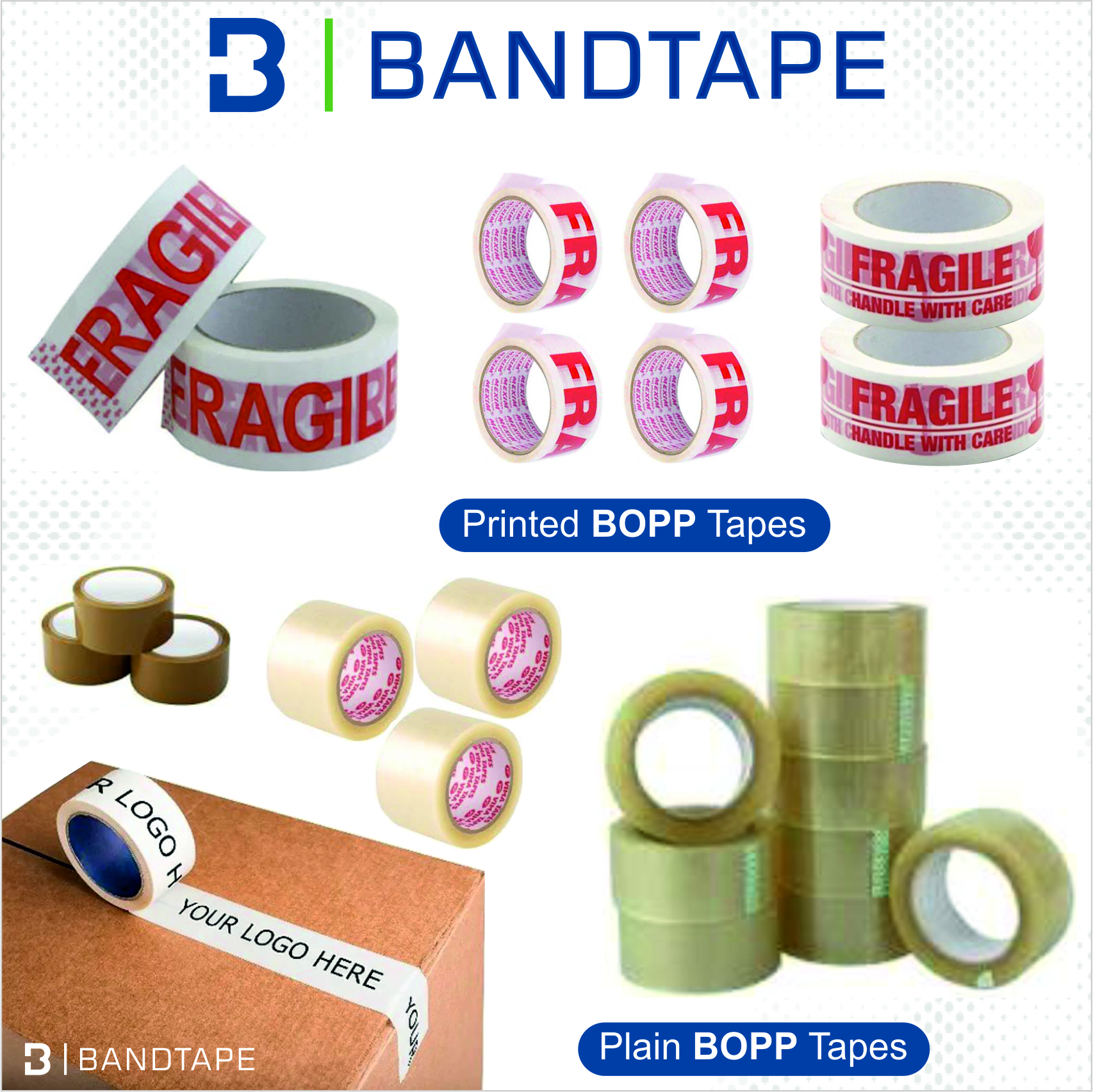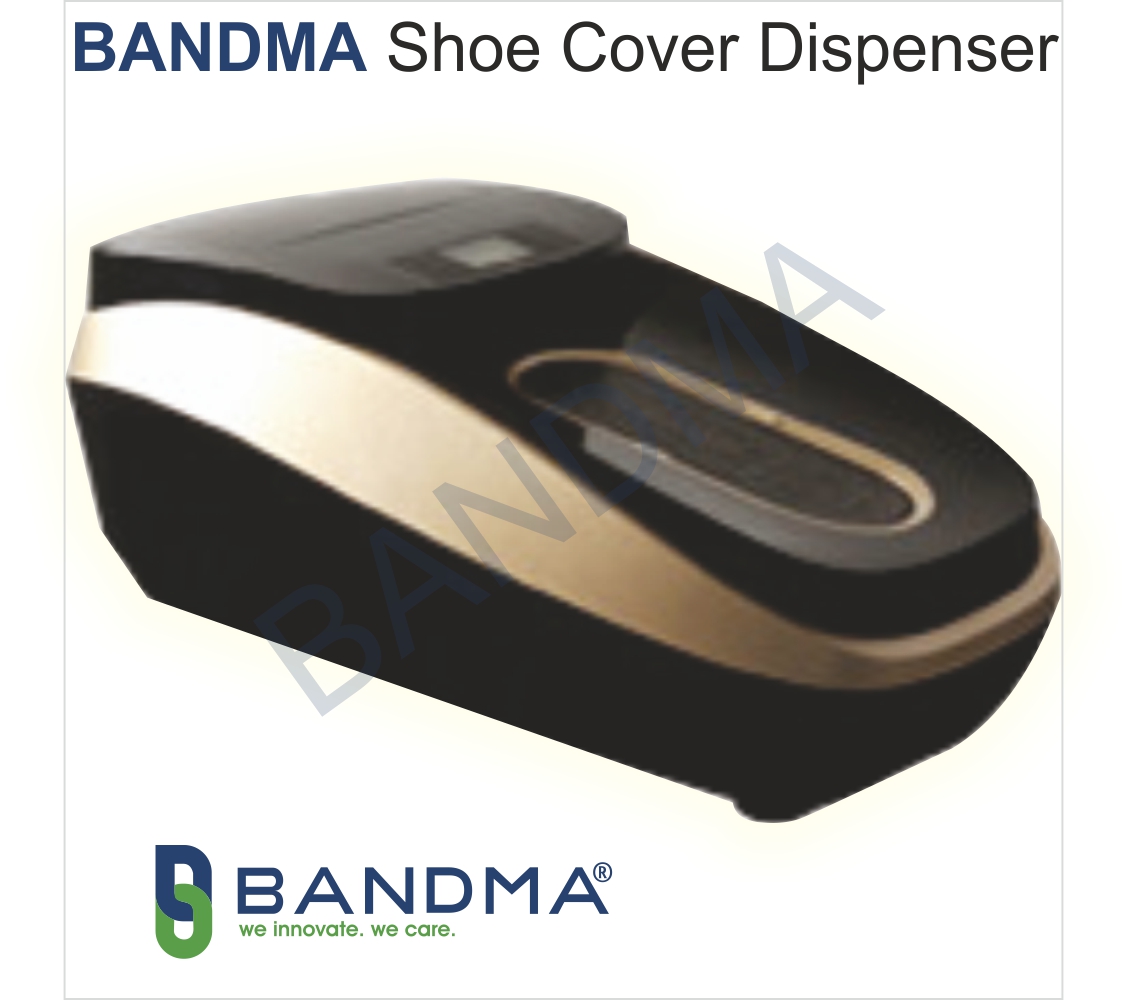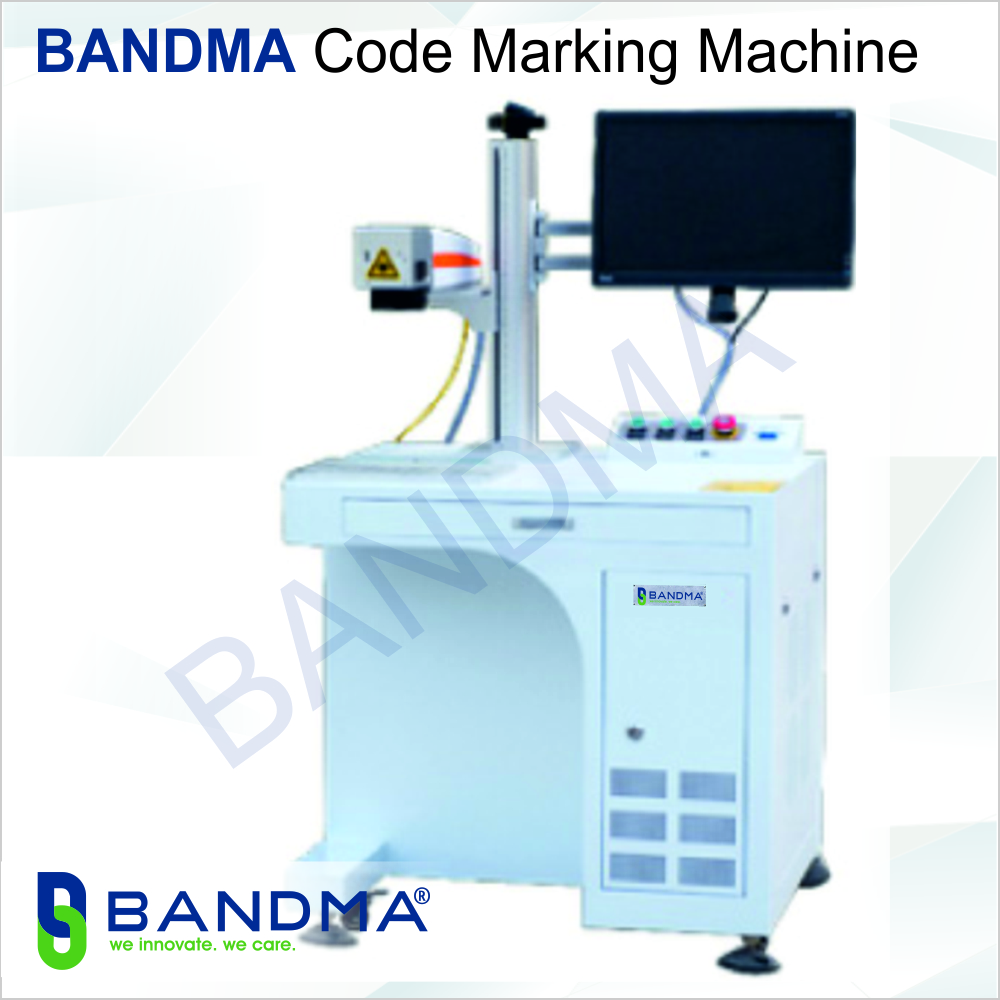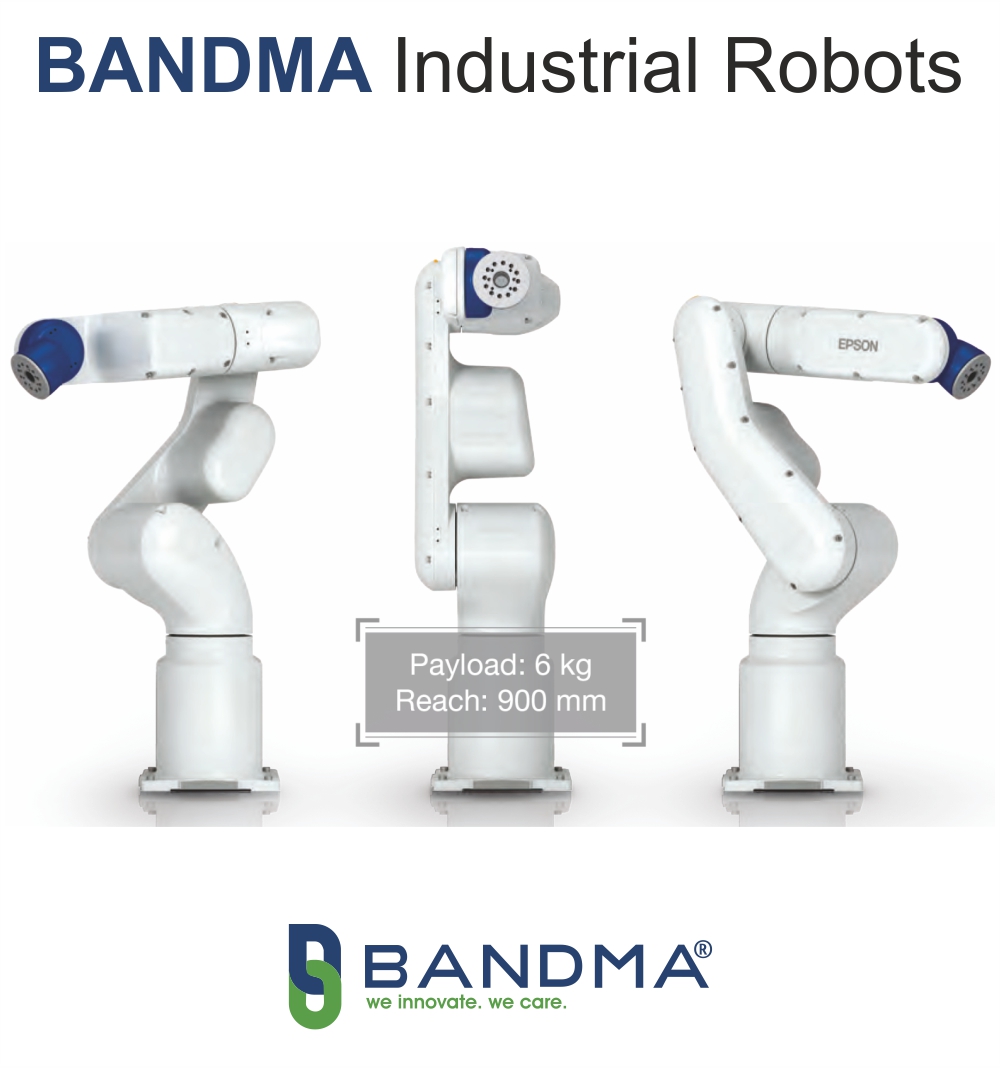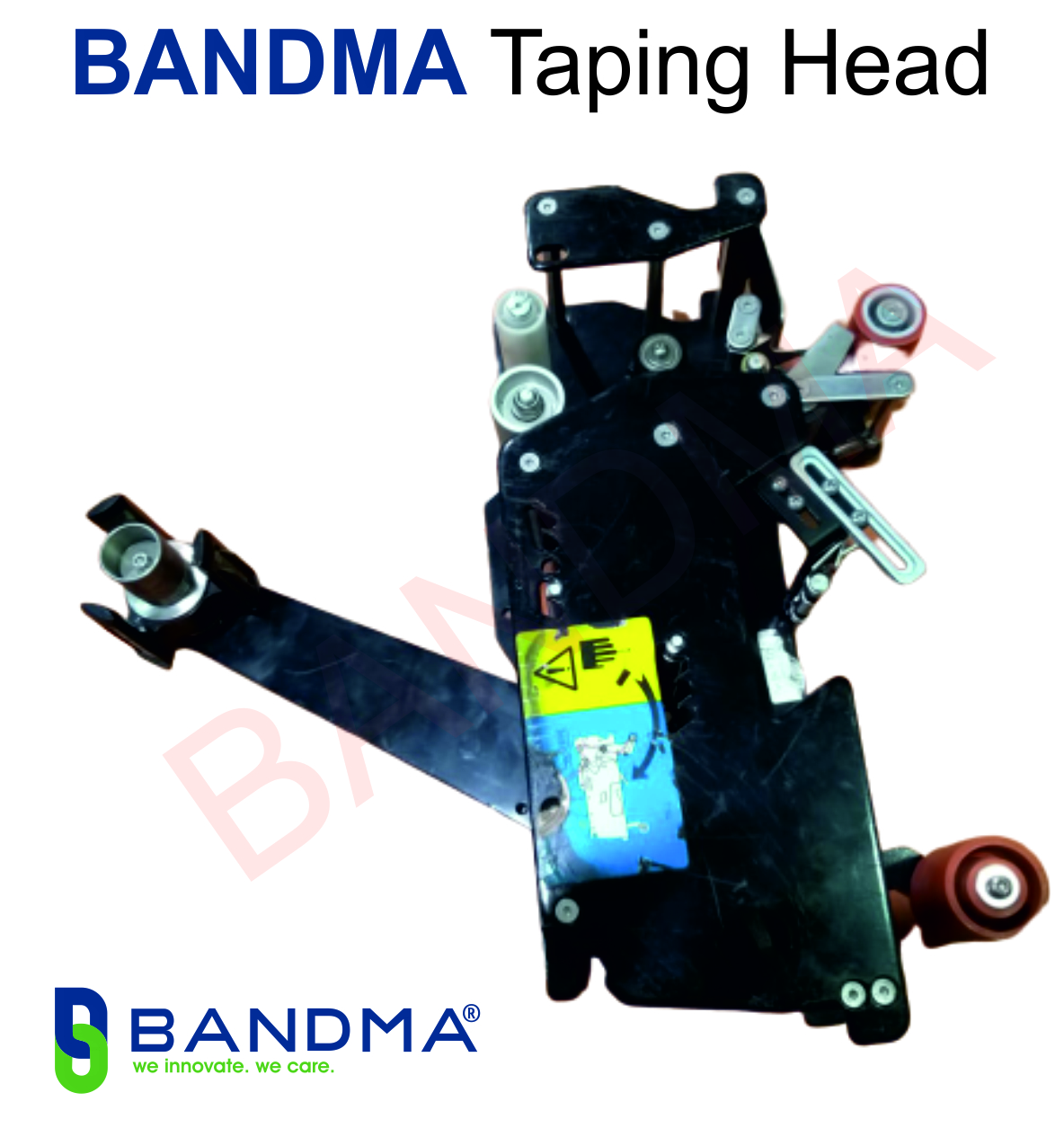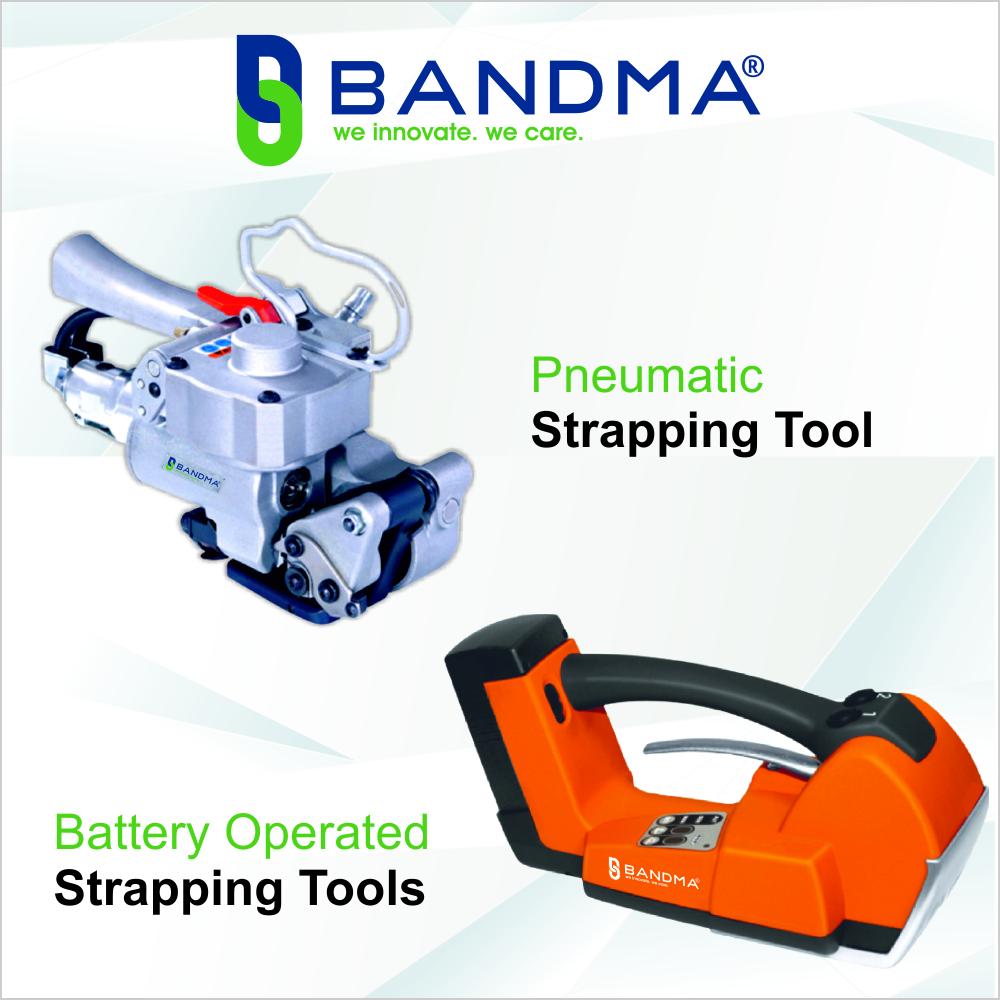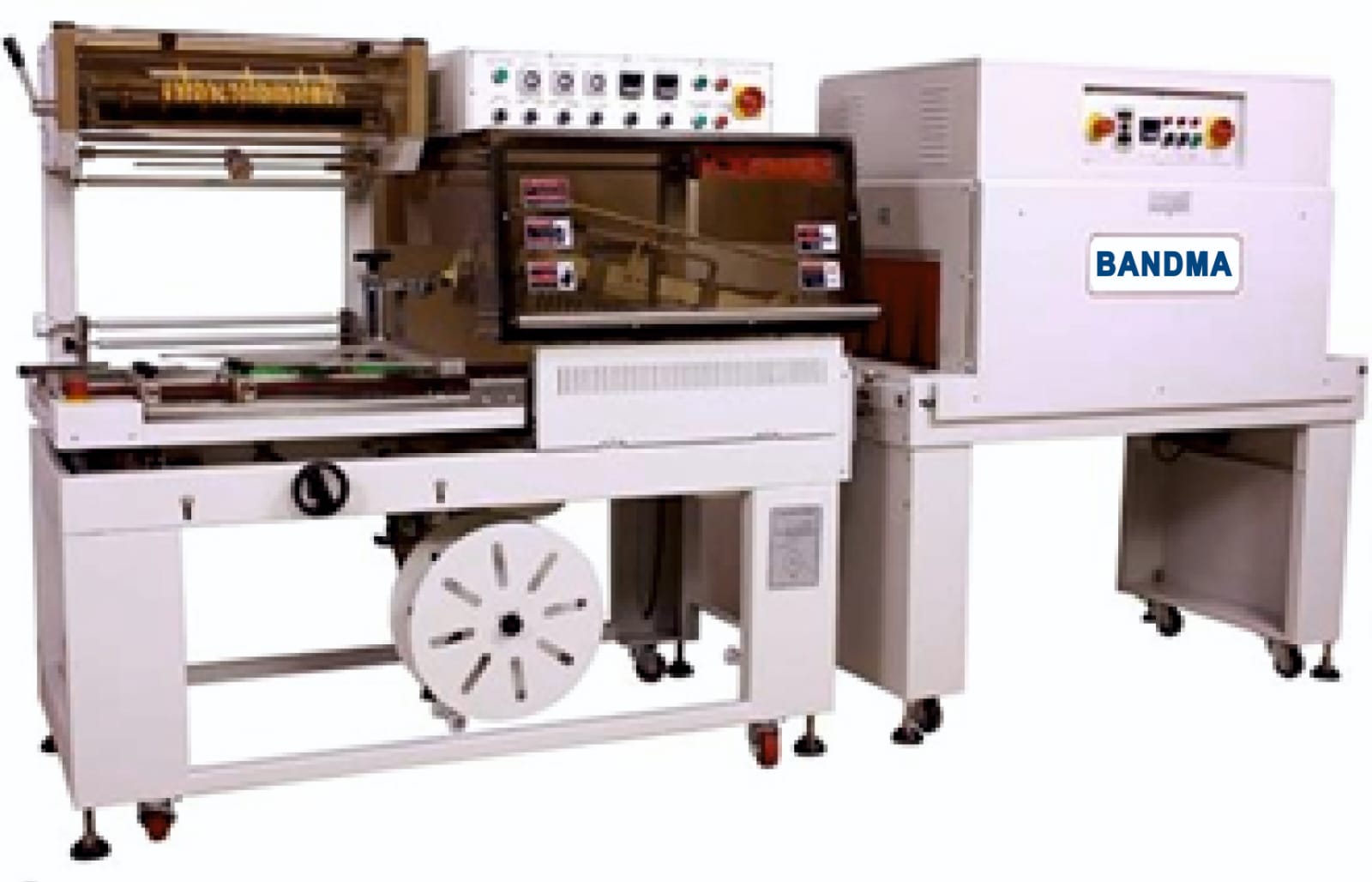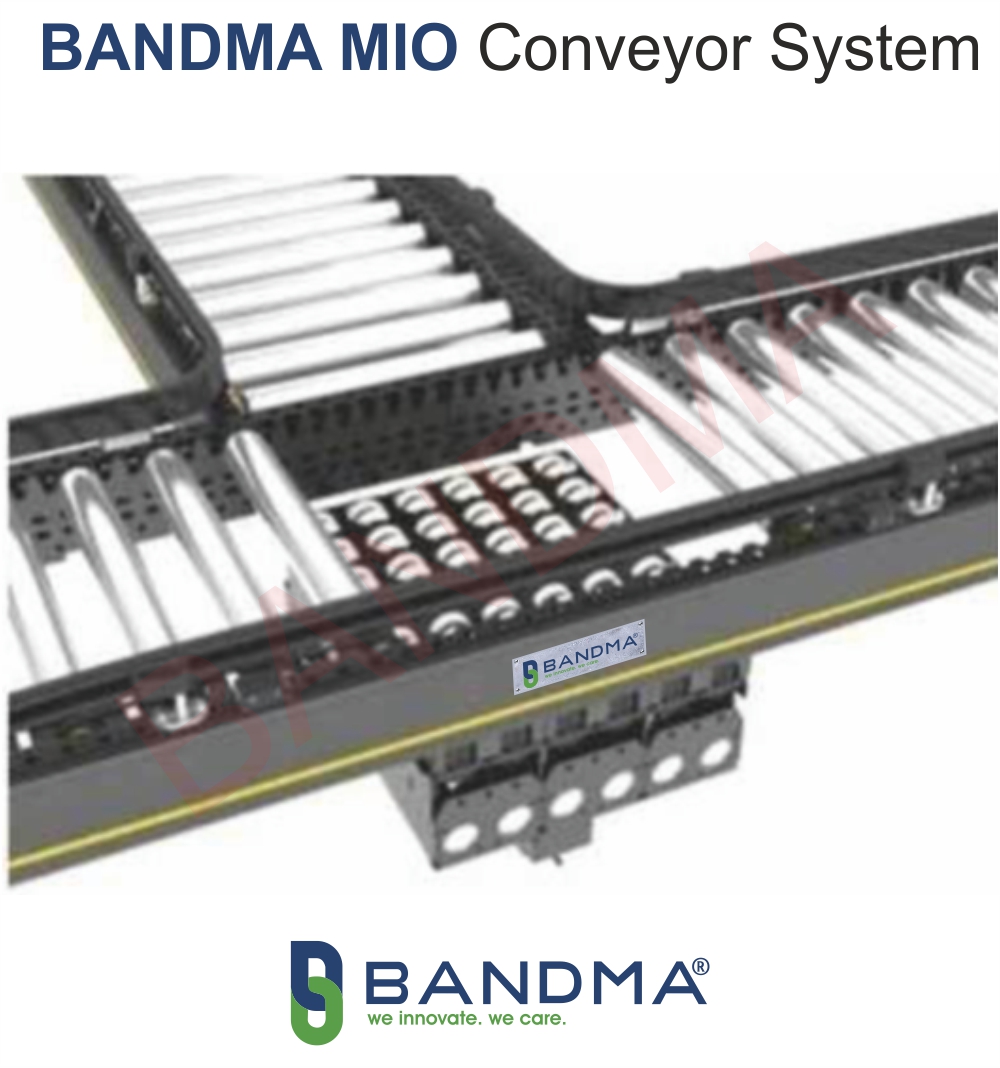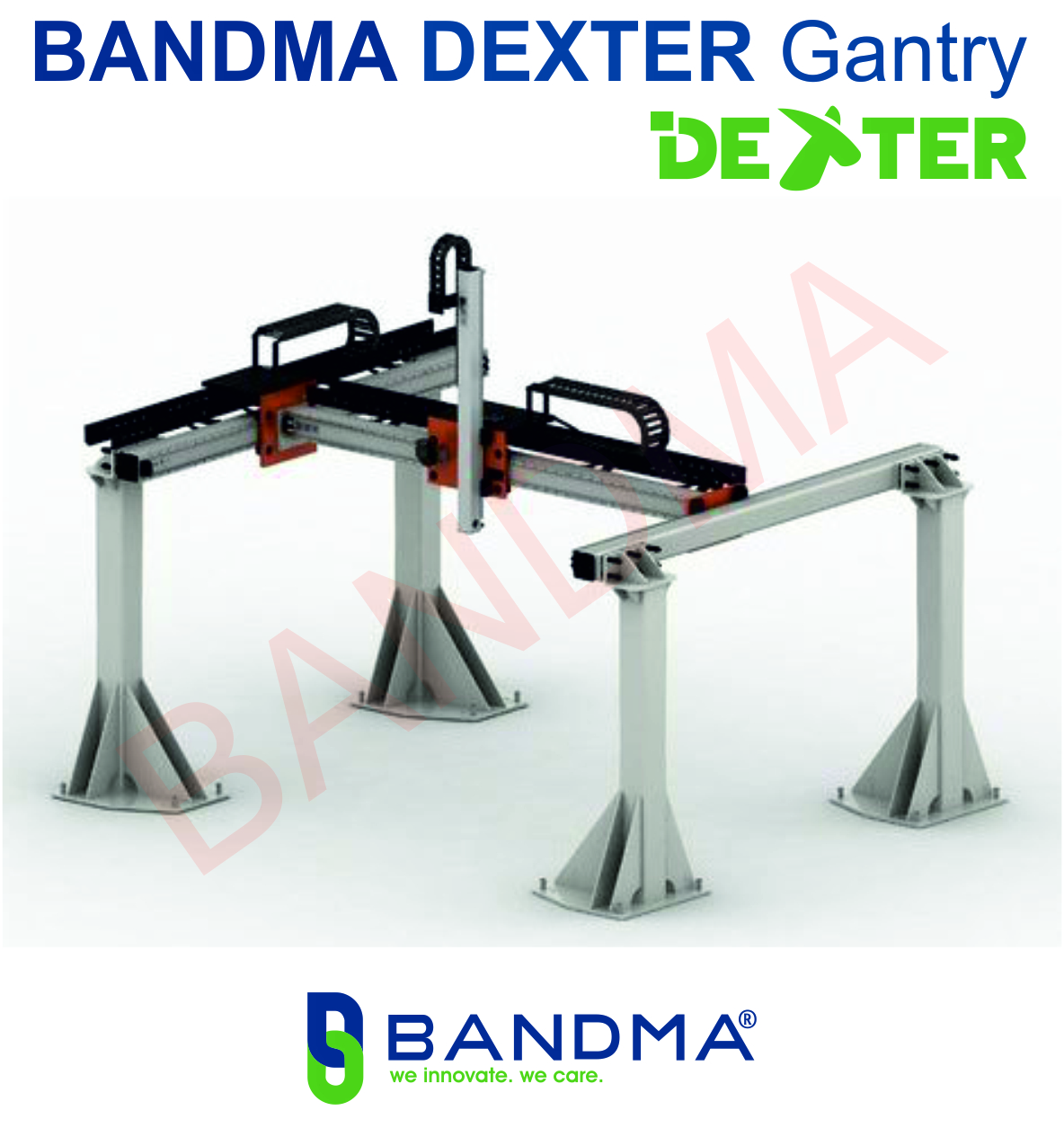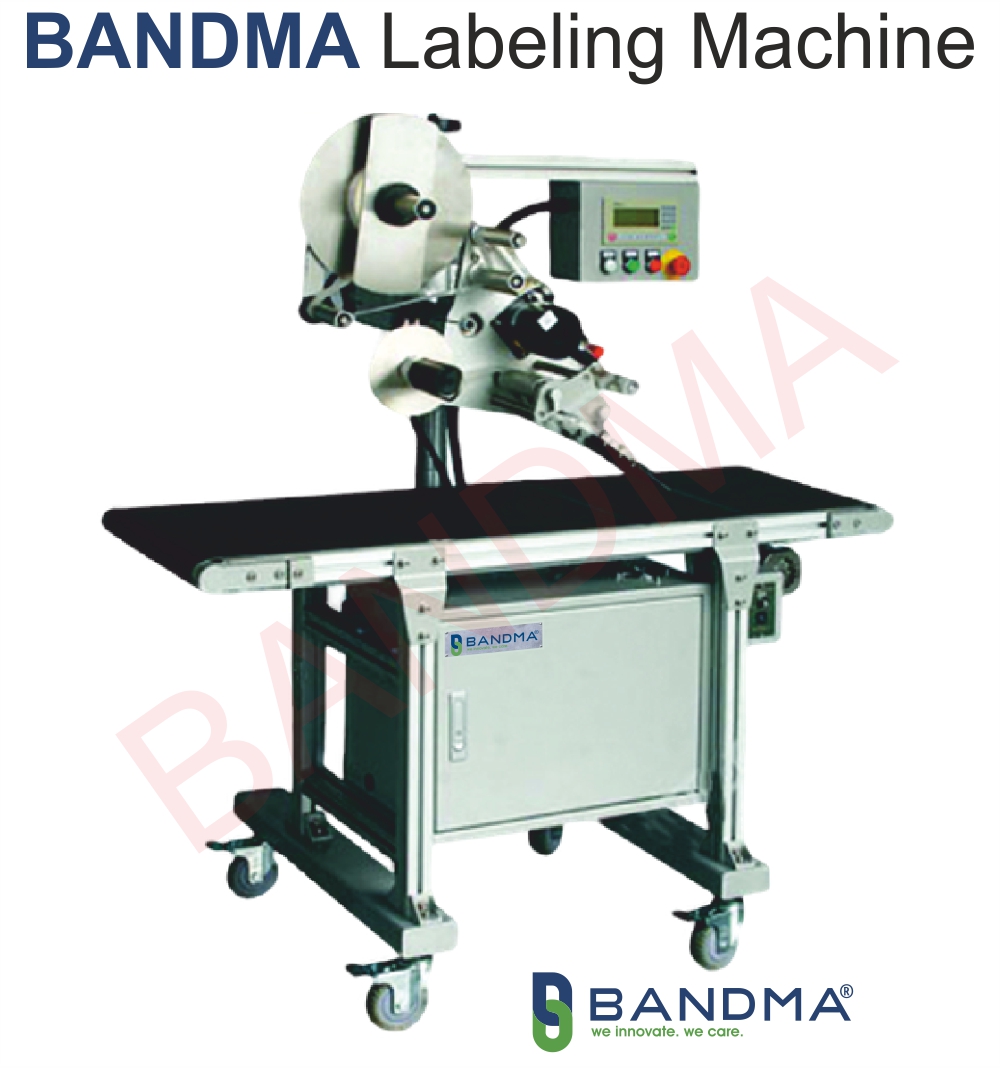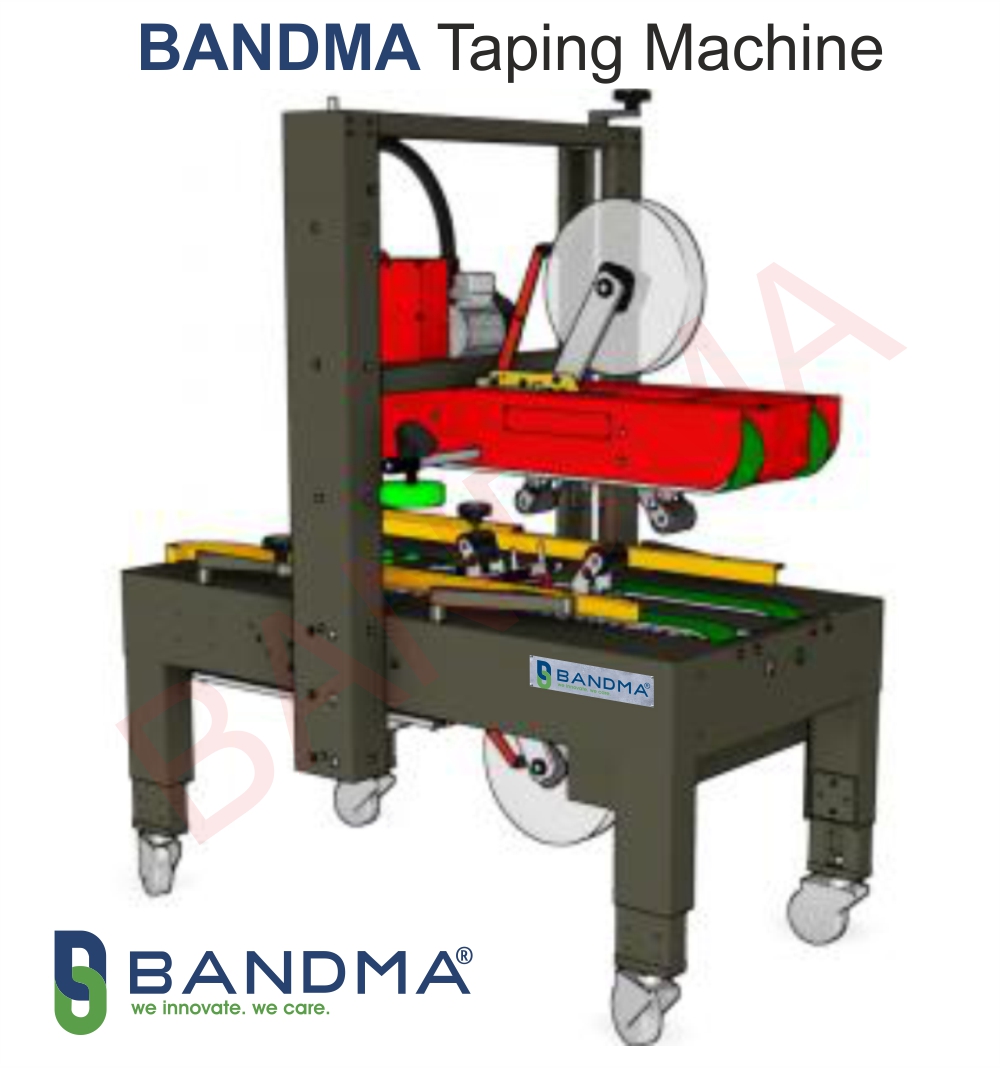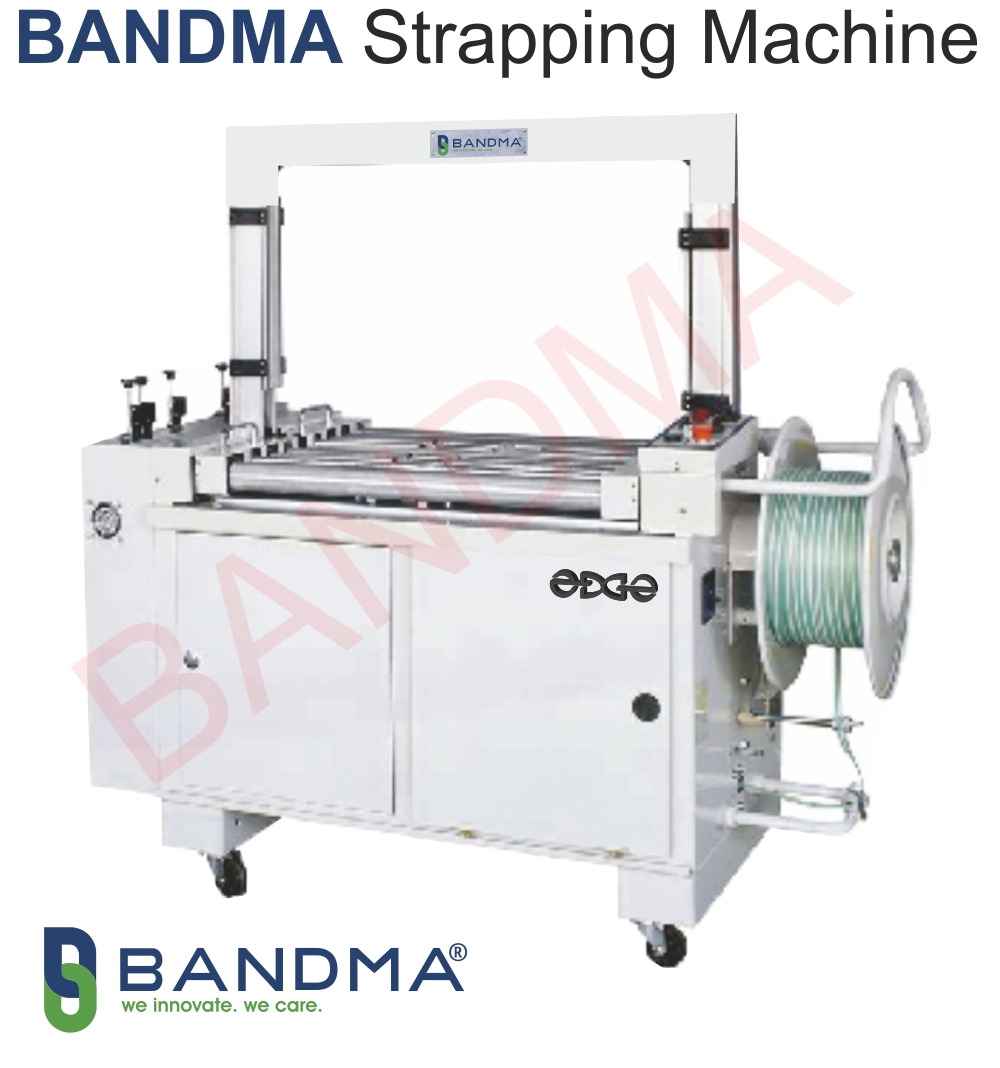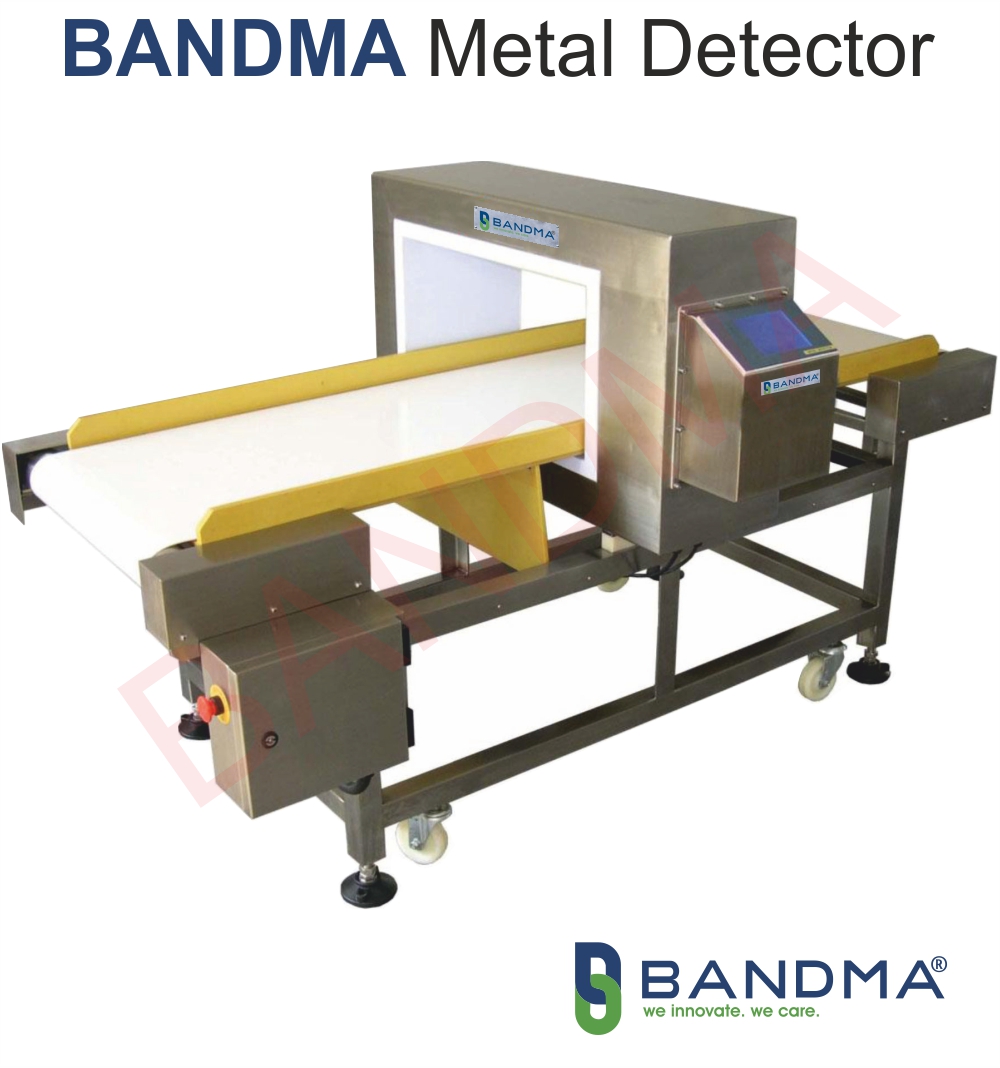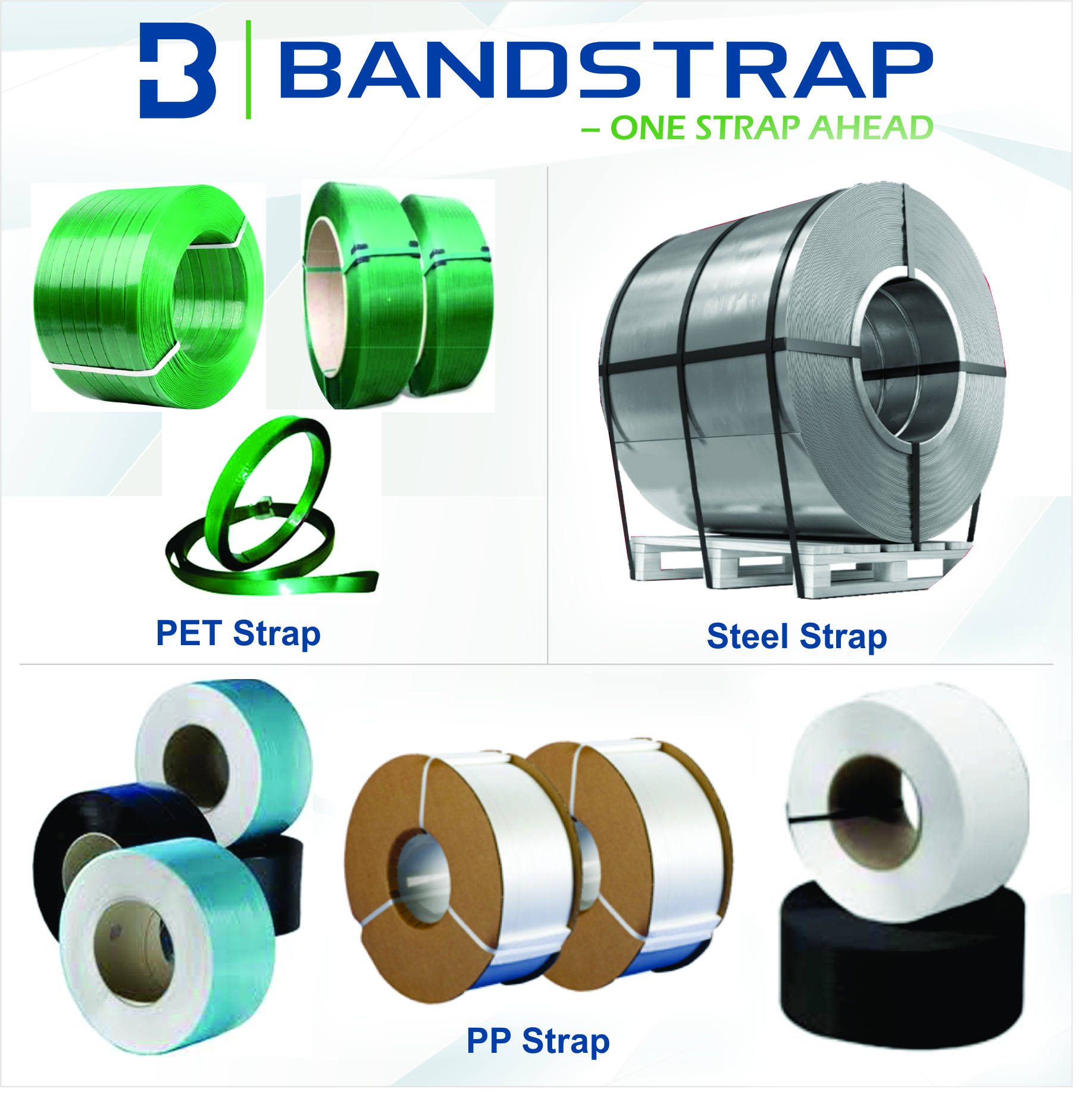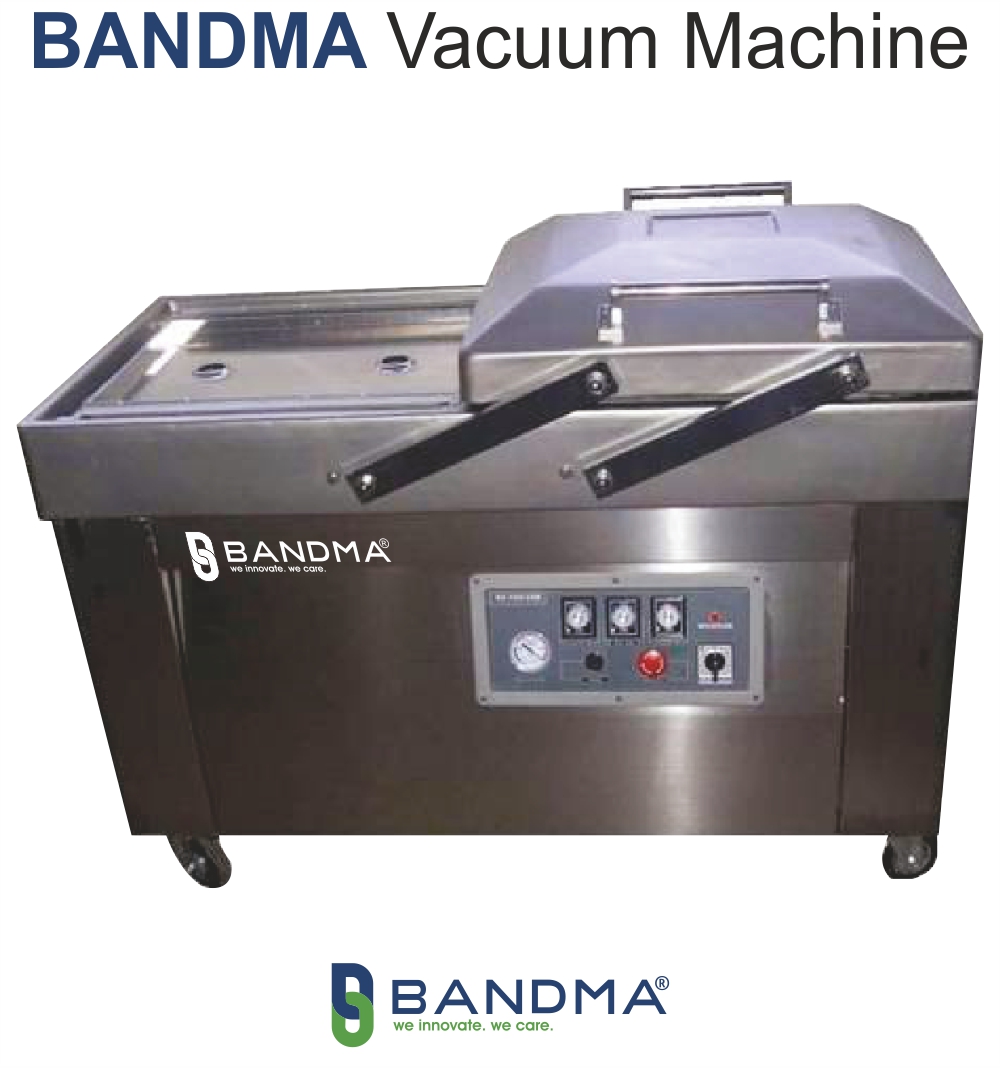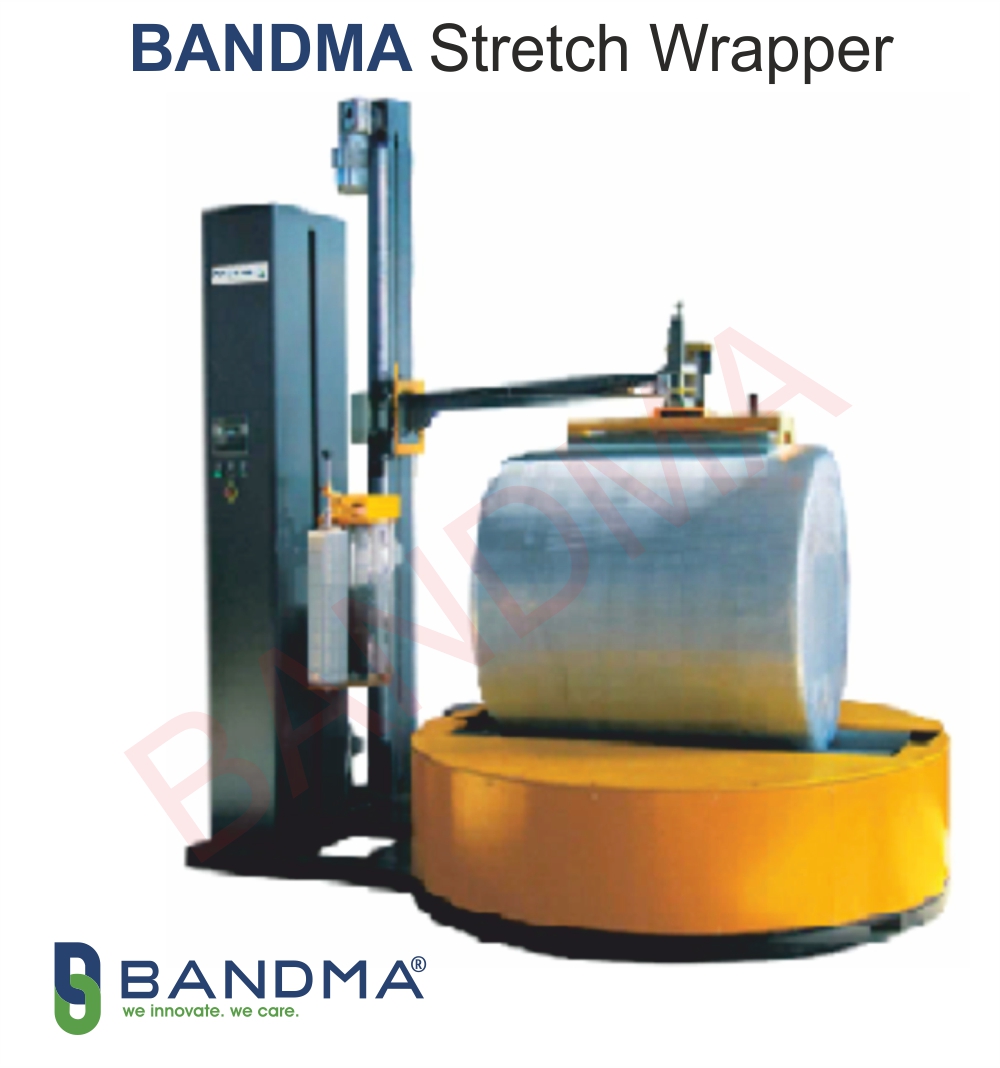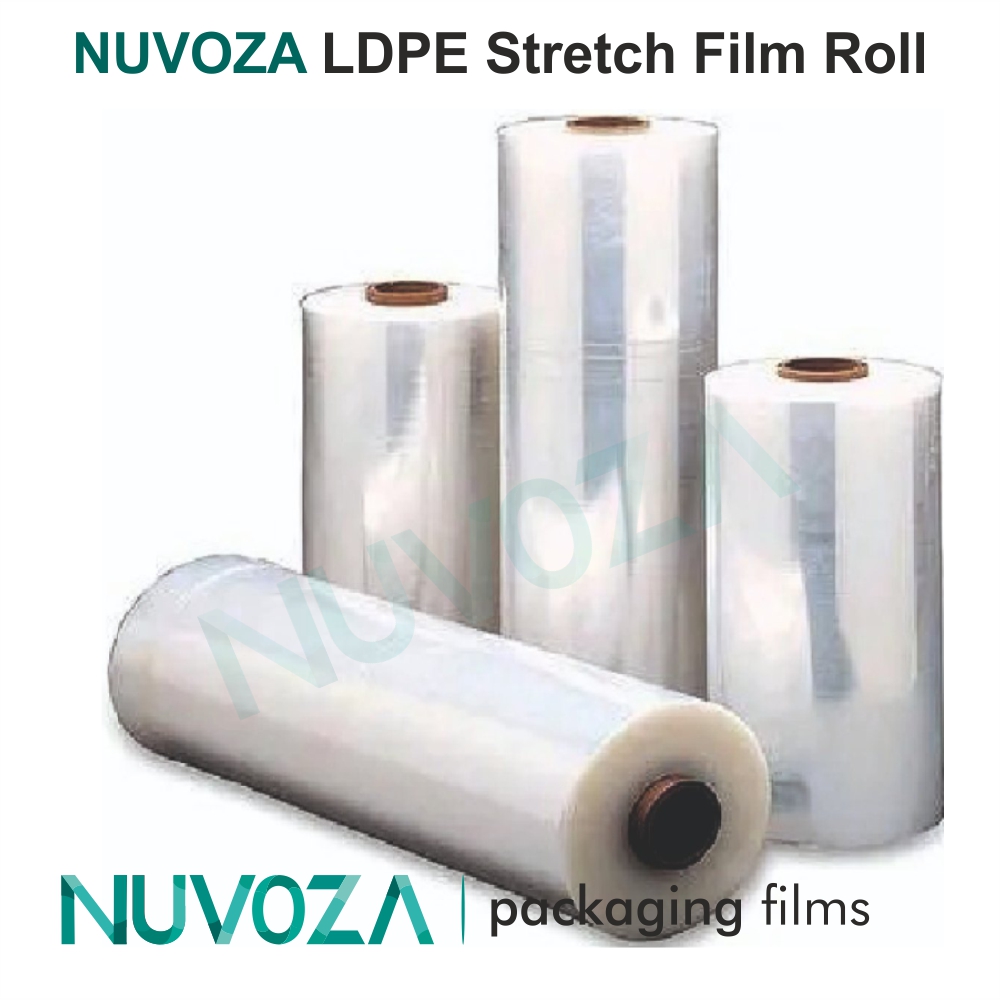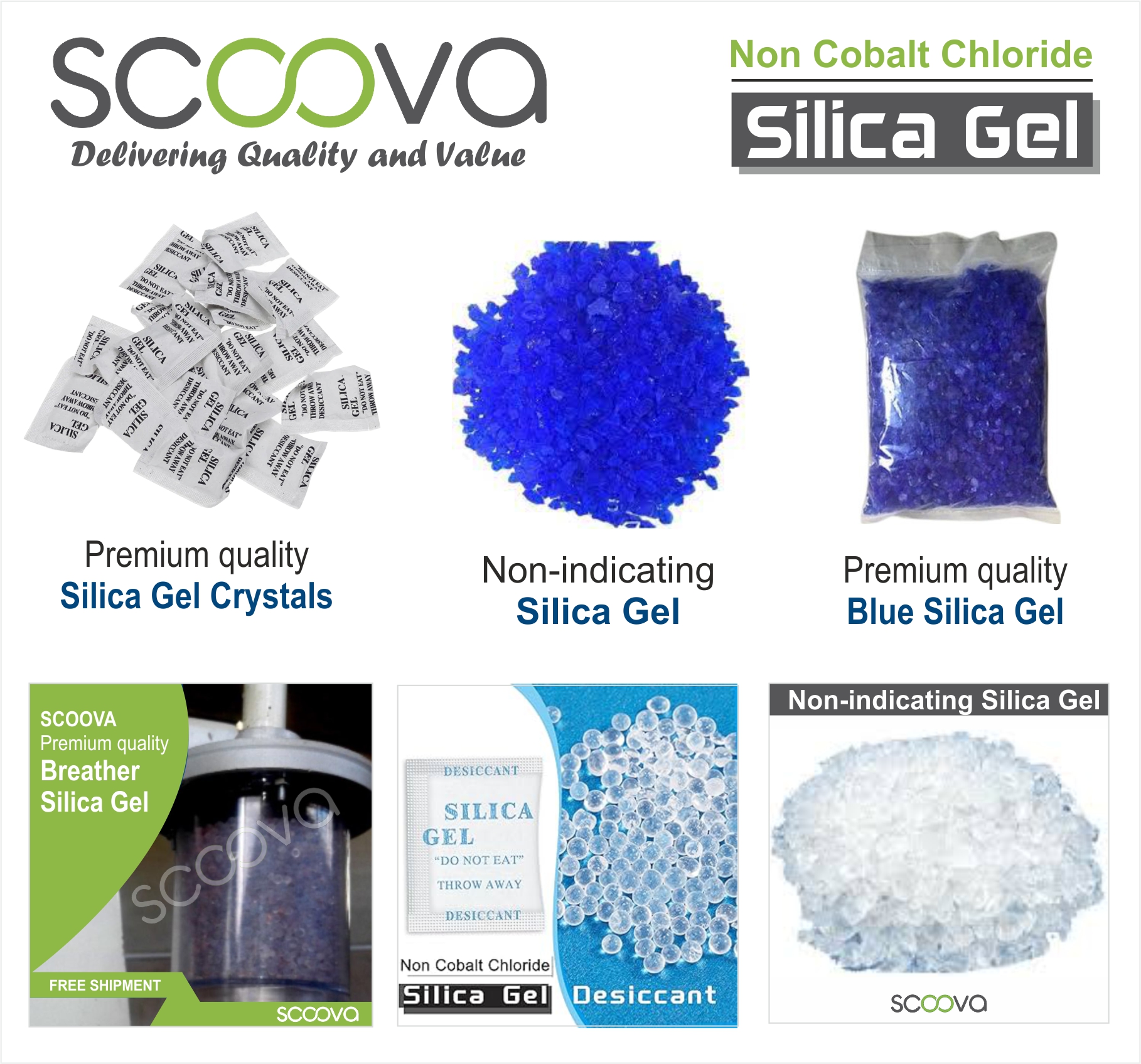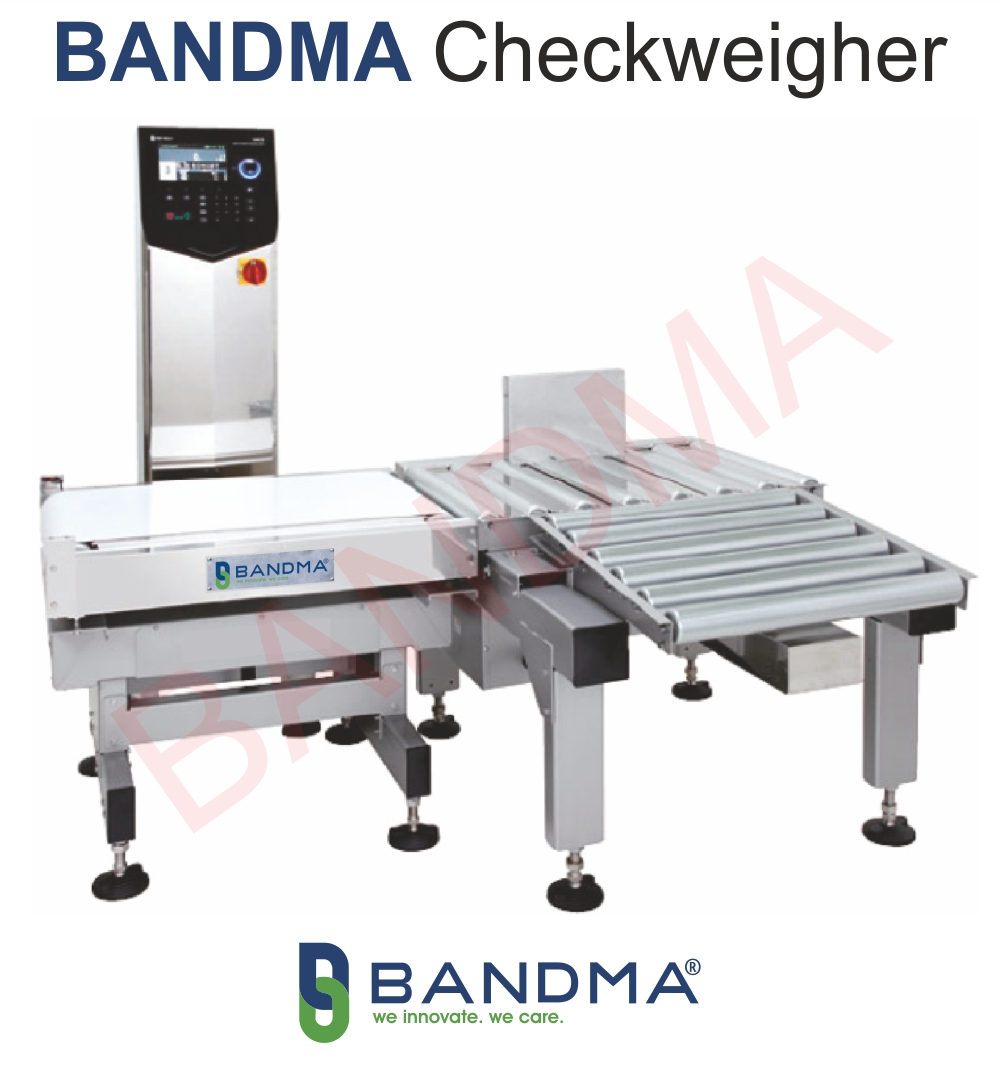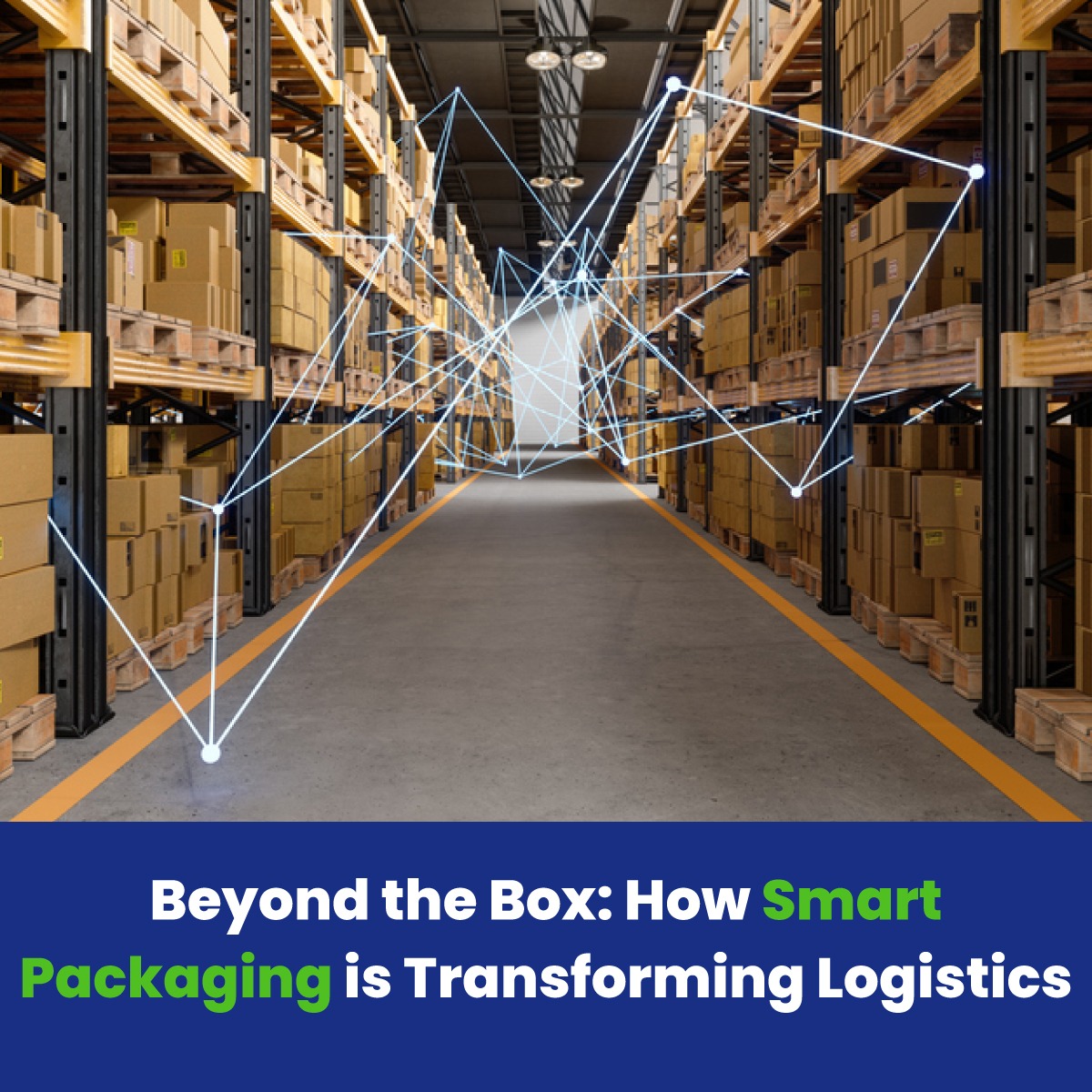In the past, packaging was simple. Its job was to protect products during transit and look presentable on shelves. But times have changed. Today, packaging has evolved far beyond cardboard and tape. We are now entering an era of smart packaging—where boxes and containers do much more than just hold products. They communicate, track, and even help reduce losses. This transformation is revolutionizing the logistics industry and redefining how businesses move goods from one place to another.
What is Smart Packaging?
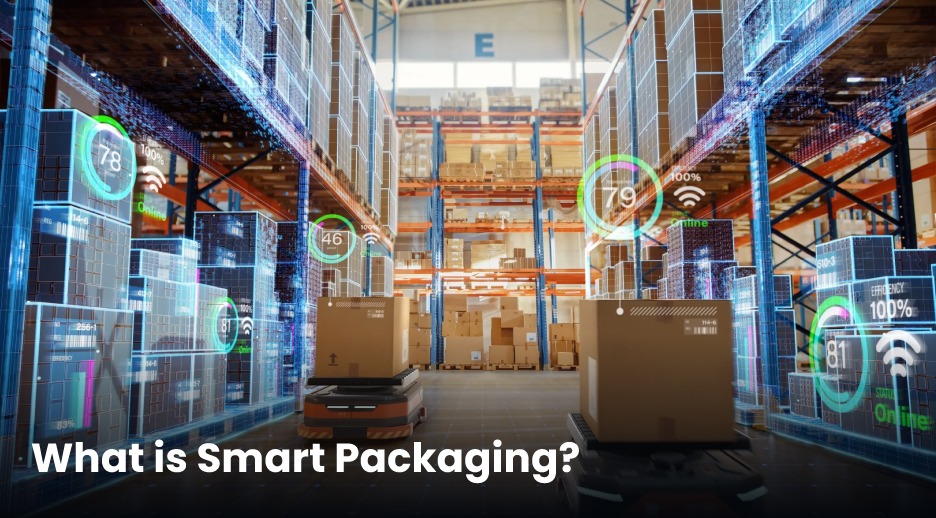
Smart packaging combines traditional packaging materials with technology to provide real-time data and insights. It often uses tools like:
- Sensors – to monitor temperature, humidity, or pressure.
- RFID tags and QR codes – for easy tracking and product authentication.
- IoT (Internet of Things) – connecting packaging to a digital network for live updates.
This means a box is no longer just a container—it becomes a data source that keeps businesses informed at every stage of the supply chain.
Why is Smart Packaging Important for Logistics?
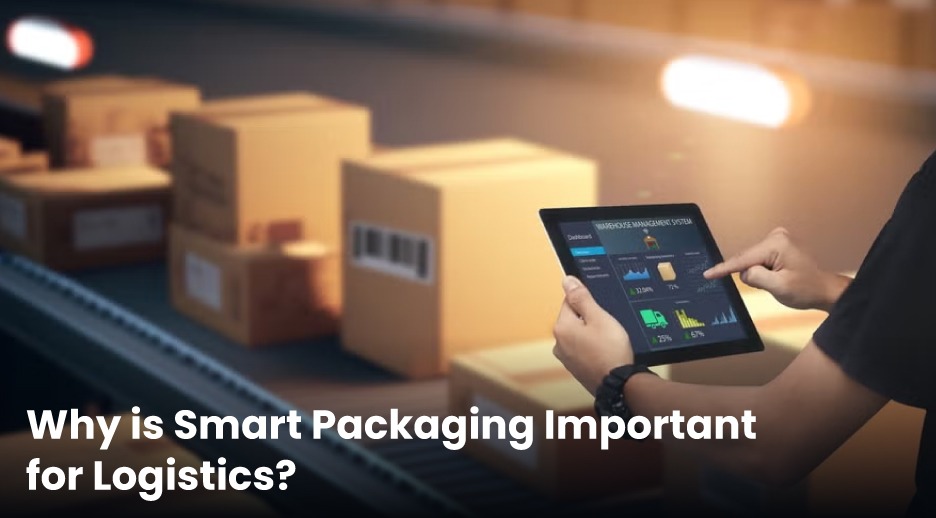
Logistics is all about accuracy, speed, and cost-efficiency. Traditional packaging cannot provide visibility once a product leaves the warehouse. Businesses are often left guessing:
- Did the product stay at the right temperature?
- Was it handled correctly during transit?
- Has it reached the customer safely?
Smart packaging solves these problems by offering real-time updates and alerts. Here’s how it changes the game:
- Enhanced Tracking and Visibility
With smart packaging, every product becomes traceable. GPS-enabled packages and RFID tags allow businesses to monitor their shipment location anytime. This reduces the chances of lost goods and improves delivery timelines. - Improved Product Safety
Some products—like medicines, electronics, and food—need special handling. Smart packaging sensors can monitor conditions like temperature and humidity. If there’s a change that could damage the product, the system can immediately alert the supplier. - Reducing Loss and Theft
Smart packaging makes it harder for goods to disappear during transit. RFID technology and unique identifiers help track every movement. If something goes missing, businesses know exactly when and where it happened.
Impact on Sustainability
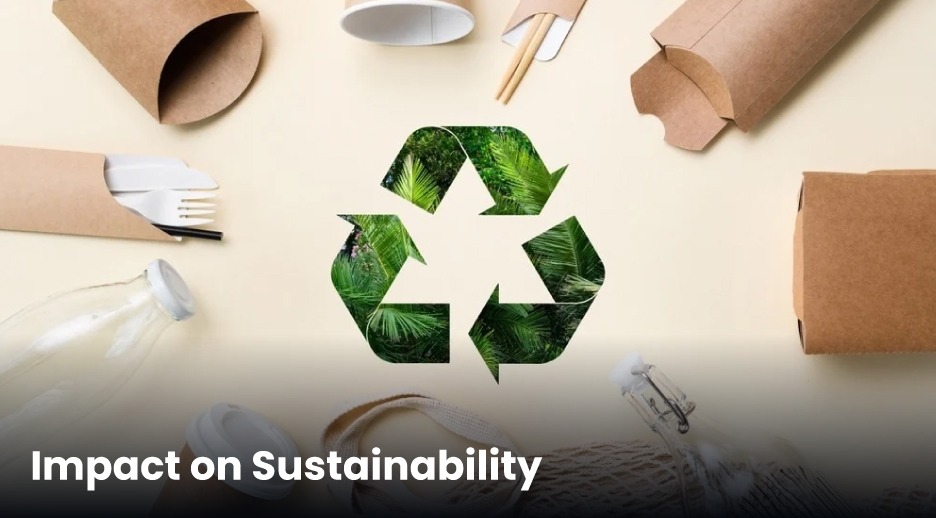
Smart packaging doesn’t just make logistics efficient—it also supports eco-friendly practices. How?
- Reduced Waste: By monitoring conditions, fewer products get spoiled, reducing waste.
- Optimized Routes: Real-time tracking helps optimize delivery routes, lowering fuel consumption and emissions.
- Smarter Materials: Many smart packages use recyclable or biodegradable materials, making them more sustainable.
Sustainability is no longer optional; customers prefer brands that care about the planet. Smart packaging helps companies meet those expectations.
Benefits for Businesses
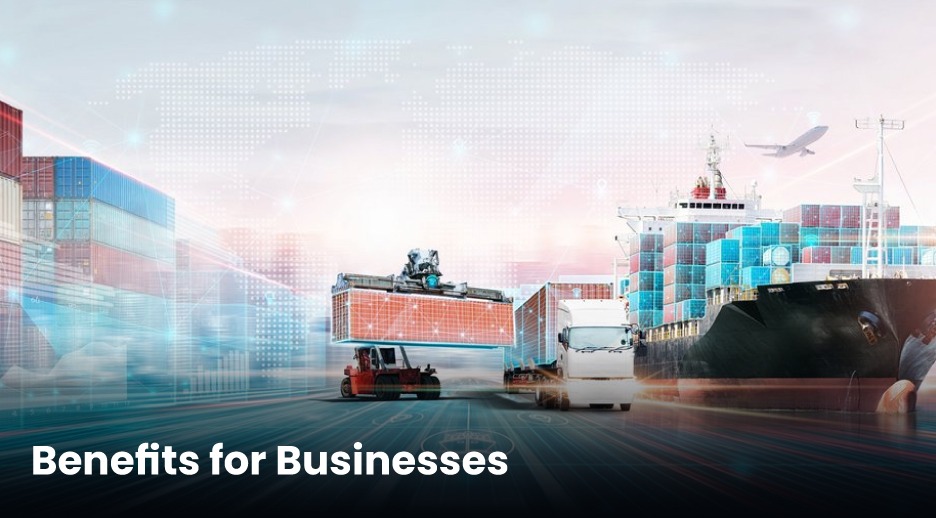
Companies that adopt smart packaging gain a competitive edge. Some major advantages include:
- Better Customer Experience: Customers get real-time updates on their shipments.
- Lower Operational Costs: Less loss, fewer returns, and reduced spoilage save money.
- Data-Driven Decisions: Smart packaging provides data that helps businesses improve inventory management and forecasting.
Imagine this: A food delivery company can monitor the temperature of frozen products in transit. If the temperature rises beyond safe limits, they can intervene before the product spoils. This proactive approach builds trust and reduces complaints.
Future of Smart Packaging in Logistics
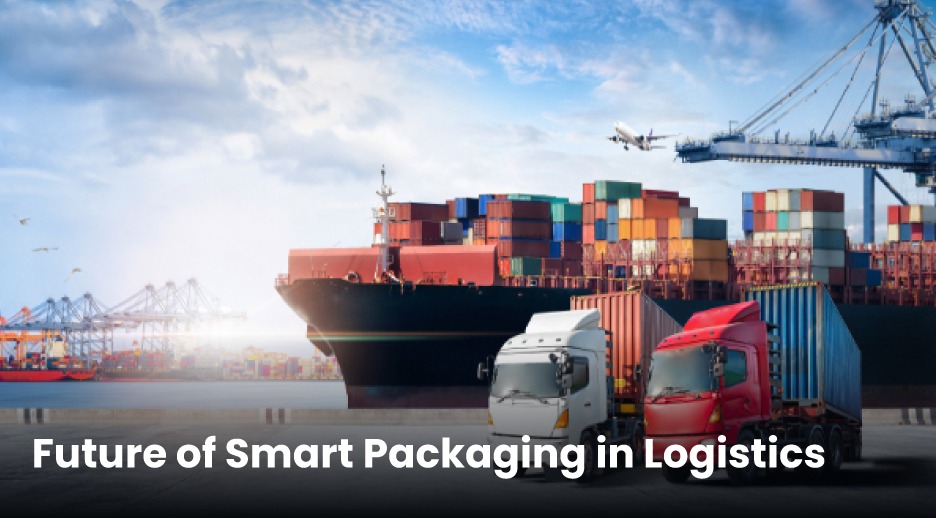
The future looks promising. Experts predict that smart packaging will become a standard in global supply chains. Technologies like AI and blockchain will make packaging even more powerful by adding layers of security and predictive insights. Soon, packages will not only tell you where they are but also predict potential delays, suggest better routes, and ensure sustainability.
Final Thoughts
Smart packaging is no longer a futuristic concept—it’s happening now. Businesses that embrace this technology will enjoy greater efficiency, improved customer satisfaction, and a more sustainable supply chain. In a world where logistics drives success, going “beyond the box” is no longer optional—it’s essential.
The question is: Are you ready to make your packaging smart?

